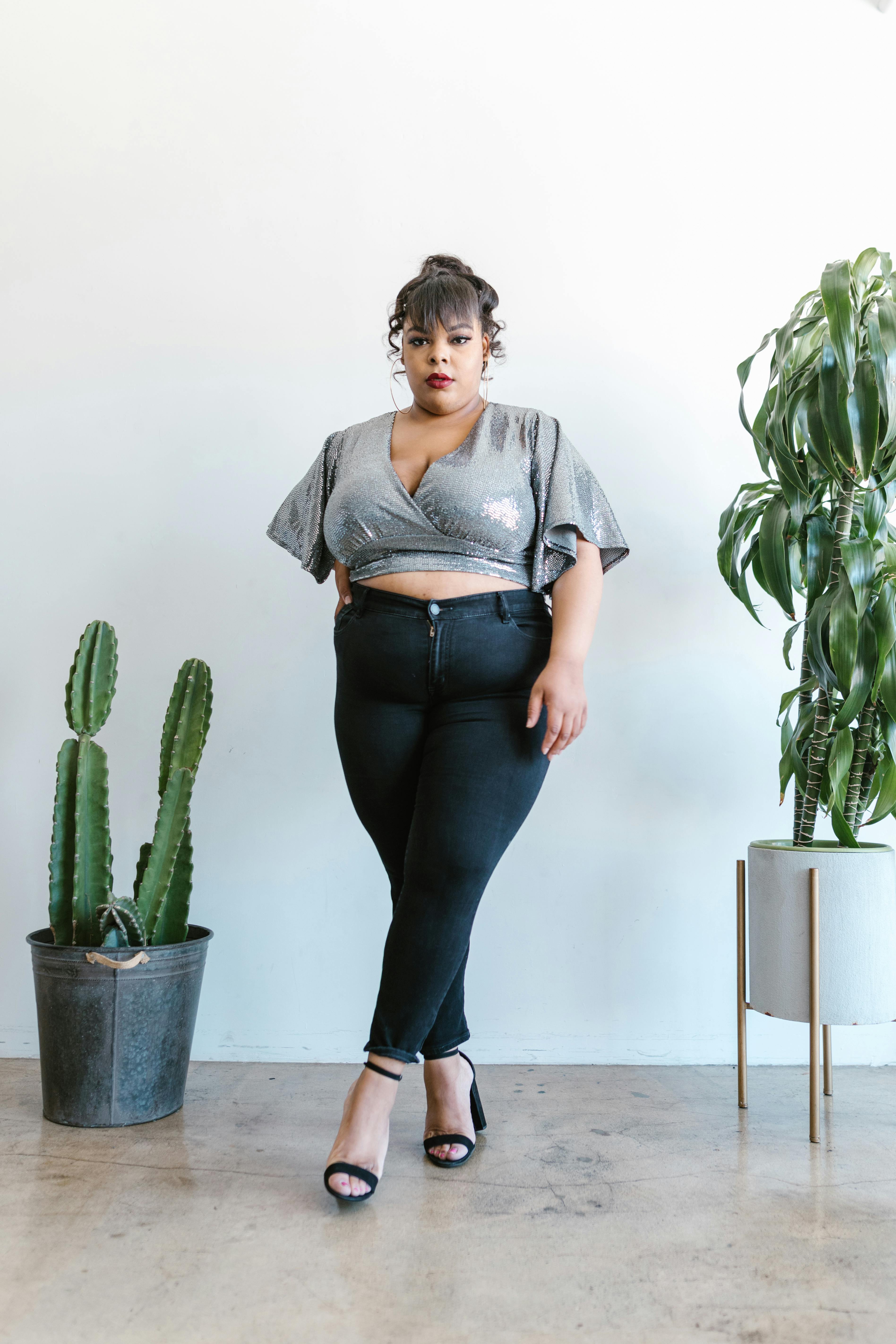Debunking the Myth of Fast Fashion: How Slow Fashion is Taking Over
Slow fashion, a term coined by Kate Fletcher from the Centre for Sustainable Fashion, contrasts the fast-fashion trend that has dominated the industry for decades. Fast fashion, with its quick turnover and disposable approach, has long been a staple of many consumers' shopping habits. However, as awareness of its environmental and ethical implications grows, an opposing trend has started to emerge. Slow fashion, focusing on quality, sustainability, and longevity, is steadily gaining traction.

The Slow Fashion Movement
The slow fashion movement promotes buying less but choosing well. It encourages consumers to invest in high-quality pieces that will stand the test of time, both in terms of their durability and their timeless design. The appeal of slow fashion lies in its sustainable ethos and its emphasis on individuality over conformity.
In contrast to the fast-fashion model, slow fashion is about creating and consuming products responsibly. It’s about reducing waste, improving working conditions, and prioritizing quality over quantity. Furthermore, it’s about consumers making informed choices and understanding the impact of their buying decisions.
The Appeal and Influence of Slow Fashion
Slow fashion’s appeal lies in its return to craftsmanship and quality. It encourages consumers to value the pieces they own, to care for them properly, and to mend them when necessary. This shift in consumer behavior has a significant influence on the market.
Consumers are becoming more conscious, questioning where their clothes come from, how they’re made, and who made them. As a result, brands that embody the slow fashion ethos are gaining popularity. They’re celebrated for their transparency, their commitment to sustainability, and their high-quality products.
The Evolution of Slow Fashion
Slow fashion has evolved from a niche, largely dismissed trend into a mainstream movement. As consumers become more environmentally conscious, slow fashion is increasingly viewed as the future of the industry.
Brands are responding to this shift in consumer behavior by incorporating slow fashion principles into their business models. They’re prioritizing transparency, reducing waste, and promoting longevity.
Practical Insights for Embracing Slow Fashion
- Invest in High-Quality Pieces: Choose well-made, durable items that will last.
- Care for Your Clothes: Learn how to properly maintain your garments to extend their lifespan.
- Buy Less, Choose Well: Instead of constantly buying new items, focus on acquiring versatile pieces that can be worn in multiple ways.
- Support Ethical Brands: Research brands and support those that prioritize ethical manufacturing and sustainability.
- Value Craftsmanship: Appreciate the skill and time it takes to create a quality garment.
Conclusion
Slow fashion is more than a trend—it’s a movement that is reshaping the fashion industry. It’s about changing consumer behavior, promoting sustainability, and valifying quality over quantity. By choosing slow fashion, consumers can contribute to a more ethical and sustainable industry while expressing their individuality through their clothing choices. The slow fashion movement is proving that style and sustainability can go hand in hand.




